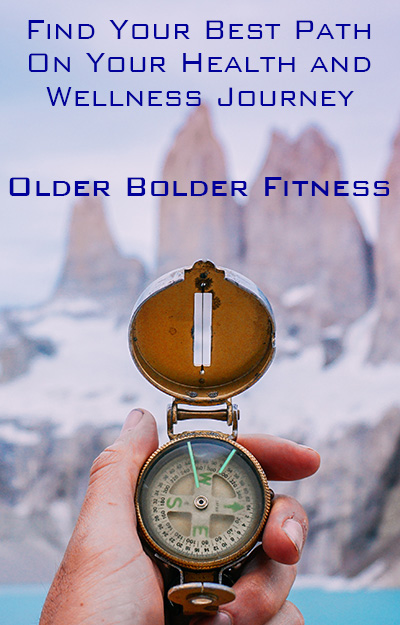 A friend from Utah (MB) emailed a link to this article that ran in the NYT last week (Casting in Colorado, Away from the Crowds) with some rather pointed commentary attached.
A friend from Utah (MB) emailed a link to this article that ran in the NYT last week (Casting in Colorado, Away from the Crowds) with some rather pointed commentary attached.
He’s wrapped up in the access battles still smoldering in Utah (update on their Public Waters Case here) and was, ah, invigorated by the piece…
WTF. Here’s another media player trying to legitimize pay to play access with yet another ‘kiss and tell / look at my nice fish’ story written by some effete journo who doesn’t live there. Just more lipstick on a pig. This isn’t about access, it’s a xxx xxxx high rollers club with applications, initiation fees, rod fees and waiting lists.
In MB’s defense, I’d have to agree the article reads much more like a travel piece written for the occasional, well-heeled fisher by a guy who doesn’t understand the game very well.
The author, Christopher Solomon, is identified as a correspondent for Outside magazine from Seattle, which if you think about it for just a minute, explains all you need to know about his ability to understand the complex dynamics behind the access battles smoldering across the Rocky Mountain West these days.
To his credit, Solomon does at least take the time to at least mention a criticism of the pay to play waters late in the article…
Others have different concerns with the growing pay-to-play trend in the Great Outdoors, especially in Colorado.
“When these clubs provide access that otherwise wouldn’t exist, that’s a good thing,” Randy Hampton, spokesman for Colorado Parks and Wildlife, an agency that has been working in recent years with landowners to buy access easements for all, told me. However, when businesses compete with the state to open these areas but provide access only to those who can afford to pay, it raises questions about the commercialization of wildlife and has the potential to harm efforts to get new people into outdoor sports like hunting and fishing, said Mr. Hampton.
On the other hand, under the club’s model the rancher gets money and incentive to keep his property undeveloped and accessible to fishermen. A business thrives. And fishermen get a cool experience at a reasonable price.
Several years ago a reader chastised us for being critical of an outrageously erroneous NYT article on AGW; he blithely suggested that rubes from Montana don’t know sh*t about anything, and if it’s in the Times, the thinking and discussion are done.
Hardly.
MB fears Utah may headed the way of Colorado; at least USAC has mobilized and is fighting a great fight so far. Most of their membership would heartily disagree with Solomon’s assertion that pay to play fly fishing offers “a cool experience at a reasonable price.”
The much more egalitarian model of open access provides a great experience at an even better price. Though you might have to invest a bit of ingenuity and elbow grease (ie, hike) to get there – it makes all the better.
Though a pissed off fly fisher often needs a cold beverage and some fishing to really feel better, I reminded MB of Tom Sadler’s mantra –
Habitat = Opportunity = Economic Activity
And the fact that preserving access is a much easier battle that getting it back once lost. Pay to play, no matter how you sugar coat it, is access lost.

